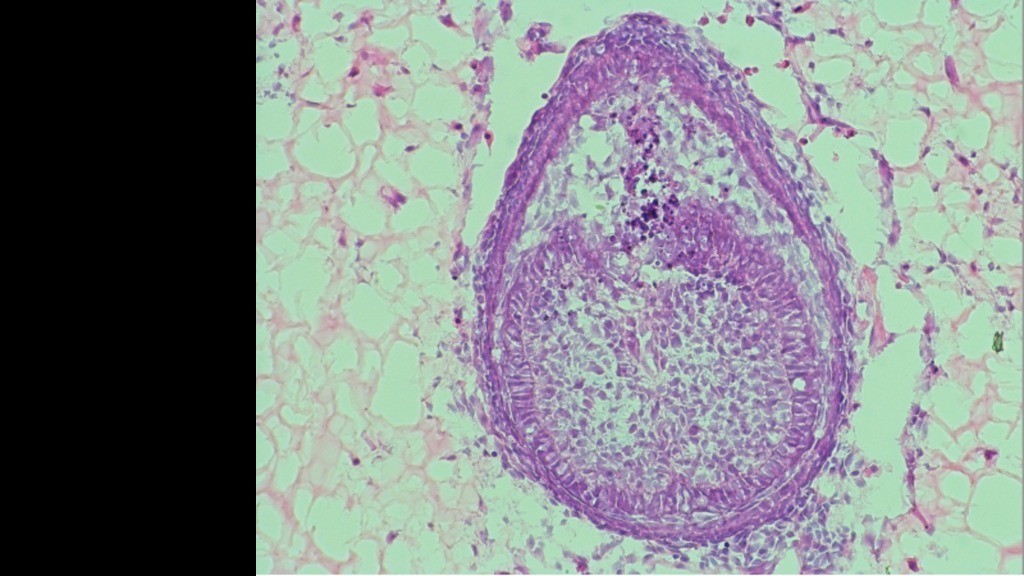イギリスのキングス・カレッジ・ロンドンのアナ・アンゲロバ・バルポーニ先生は、20年くらい前から研究室で歯を作る実験をしています。
Ms. Ana Angelova Balboni has been conducting tooth generation experiments in a laboratory at Kings College London in the UK for about 20 years.
。
In 2013, she succeeded in creating teeth using human and mouse cells.
。
This year, Dr. Barbonis group achieved better results by growing teeth using new materials.
。
This material has an environment similar to the oral cavity and promotes tooth development.
。
We used to use mouse cells, but from now on, it will be important to use human cells.
。
To create teeth, two types of cells need to communicate with each other and work together cooperatively.
。
In the laboratory, they created a special scaffold for this purpose.
。
We used to use collagen protein, but now we use a material called hydrogel, which contains a lot of moisture.
。
In the study, mouse cells were first collected and mixed together to form small clusters.
。
After that, these blocks are placed into the hydrogel and cultured for 8 days.
。
As a result, a structure similar to a tooth was formed.
。
In a 2013 study, these tooth buds were transplanted into mice, and it was confirmed that teeth grew.
。
将来は、歯を育ててから人の口に入れる方法や、全部育ててから移植する方法が考えられています。
どちらがいいかは、これからの研究で決まります。

